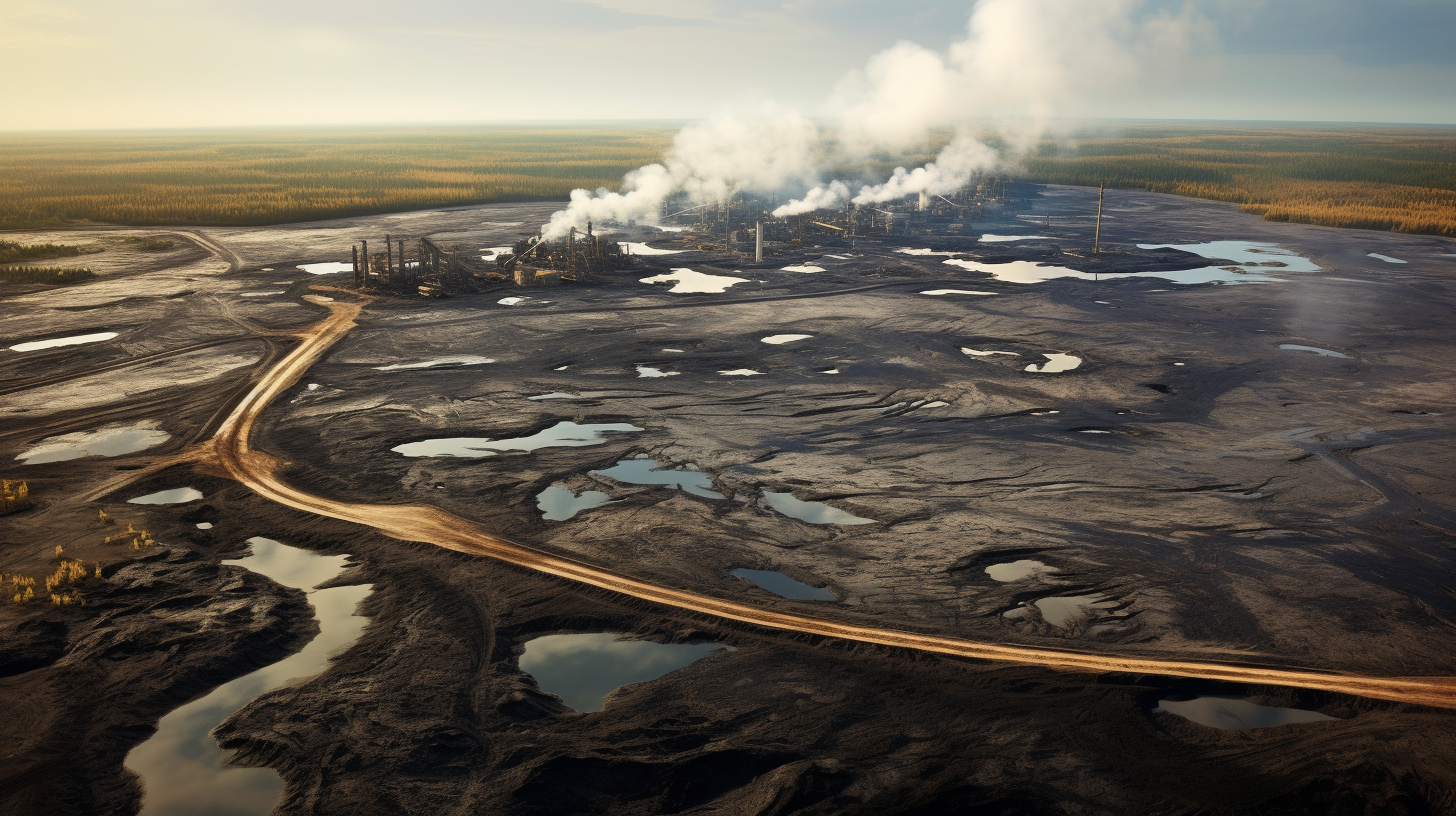| Key Points: – Ban protects 625 million acres of federal waters from new oil and gas development – Trump pledges reversal but faces legal hurdles without Congressional support – Decision impacts East, West coasts and parts of Alaska while preserving current operations |
President Joe Biden has announced a sweeping ban on new offshore oil and gas development across vast stretches of U.S. coastlines, creating a potential environmental legacy that his successor may struggle to dismantle. The executive action, protecting 625 million acres of ocean, represents a significant move in Biden’s climate agenda just weeks before the presidential transition.
The ban covers federal waters off the East and West coasts, the eastern Gulf of Mexico, and portions of Alaska’s northern Bering Sea. While largely symbolic, as it doesn’t affect areas with active drilling operations, the decision aligns with Biden’s broader environmental goals, including his commitment to conserve 30% of U.S. lands and waters by 2030.
The timing of this decision carries particular significance, as President-elect Donald Trump has explicitly stated his intention to reverse the ban immediately upon taking office. However, legal precedent suggests this may be more challenging than anticipated. A 2019 court ruling established that while the 70-year-old Outer Continental Shelf Lands Act grants presidents the authority to withdraw areas from drilling, it doesn’t provide the power to reverse such withdrawals without Congressional action.
Industry impact appears limited, as only 15% of U.S. oil production comes from federal offshore acreage, primarily in the Gulf of Mexico. This share has been declining over the past decade as onshore drilling, particularly in Texas and New Mexico, has transformed the United States into the world’s leading oil and gas producer.
The American Petroleum Institute has criticized the decision, arguing it threatens energy security and urging policymakers to reverse what they term a “politically motivated decision.” Conversely, environmental groups like Oceana celebrate the move as a victory for coastal communities and marine ecosystems.
The ban’s geographical scope notably includes areas where Trump himself had previously prohibited drilling during his re-election campaign, including waters off Florida, Georgia, South Carolina, North Carolina, and Virginia. This overlap highlights the bipartisan nature of coastal protection concerns, as many Republican-led coastal states have historically opposed offshore drilling due to its potential impact on tourism.
Biden’s decision invokes the memory of the 2010 Deepwater Horizon disaster, arguing that the minimal drilling potential in the protected areas doesn’t justify the public health and economic risks associated with future leasing. The administration emphasizes that the ban aligns with both environmental protection goals and practical risk assessment.
Looking ahead, the ban’s durability will likely depend on Congressional willingness to intervene, as well as potential legal challenges. The decision adds another layer to the complex relationship between federal energy policy and environmental protection, setting up a significant early test for the incoming Trump administration’s energy agenda.



